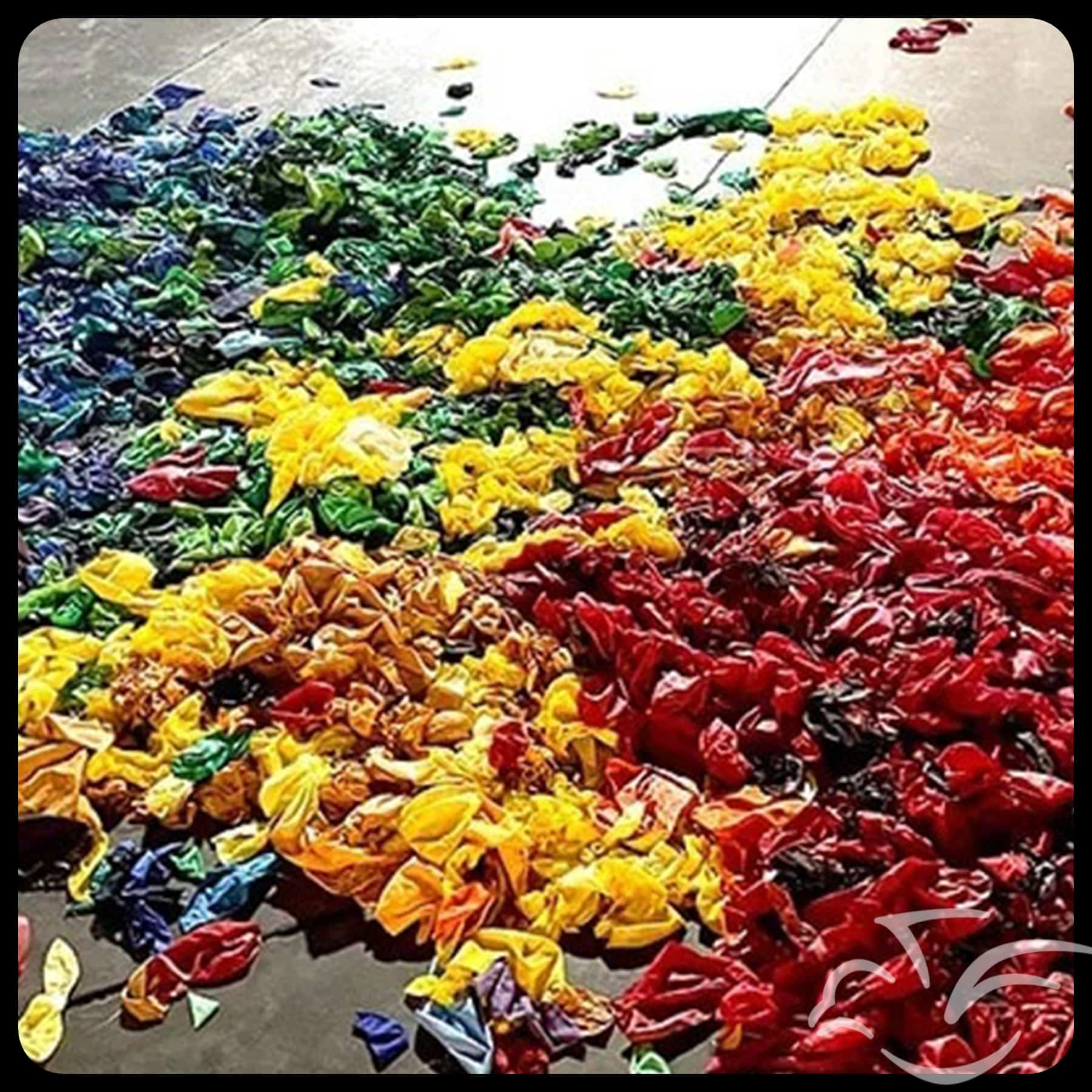Sustainability
Are Balloon Decorations bad for the environment?
Our team’s commitment to Sustainability and protecting the planet
When it comes to decorating, no other physical material can fill as much space with as little waste as balloons can. A styling spanned a width of 80′ and the largest single balloon was over 3′ tall. So while it may not be as eco-friendly as a blank wall, a balloon installation is one of the most eco-friendly ways to completely transform a venue.
Once popped, this entire styling fit inside of a single kitchen-sized trash bag. On top of that, latex comes from the rubber tree, is 100% biodegradable and biodegrades at the same rate as an Oak Leaf!


What does our team do to minimize the environmental impact of your event?
As a team of artists who happen to border on tree-hugging-hippy status, we take our responsibility to be environmentally conscious very seriously. The #1 reason balloons pose a risk to the environment is because balloon scraps end up where they shouldn’t be and can be ingested by wildlife. When we clean up a balloon installation (especially outdoor installations), we go to great lengths to make sure every single scrap of balloon is placed securely in a trash bag. That trash bag is then sealed to prevent any scraps from falling out.
We also work with Canadian suppliers who are located as close as possible to Thunder Bay to minimize carbon emissions related to shipping. We also try to order supplies for multiple events at the same time to reduce our shipping impact.
Some of our balloons are actually reusable as well which is great for the environment, and can also help your budget!
Where does Latex come from?
Latex is harvested by “tapping” the rubber tree in a manner that does not harm the tree. Each rubber tree (there are billions of them) consumes CO2 which reduces global warming.
When latex is processed, each part of the product is used. After the tree no longer produces latex, it is harvested and its wood is turned into lumber. Each year mature trees are tapped, old trees are harvested, new trees are planted, and CO2 is consumed.
The balloon industry actually creates a market for latex which means there is an economic incentive to keep billions rubber trees alive and flourishing. So not only does the industry help to create a lot of jobs (many of which are in developing countries), keeping the trees alive is definitely great for the planet.


Are helium balloons bad for the environment?
Helium balloons ARE terrible for the environment! If they escape (which seems to always happen), they can end up in trees, power lines, waterways, wildlife habitat, and all sorts of other places they shouldn’t be. Not only that but helium is a finite resource which is very important in the medical and manufacturing fields… in other words… it’s kind of silly to use helium to hold up a party balloon for a few hours when there are critical uses for helium gas.
Not only are helium balloons themselves bad for the environment, but helium tanks are very heavy and transporting them also produces a lot of carbon emissions. That’s not even considering the carbon emissions and environmental impact from all of the hernia surgeries…
To add to the woah’s, if too many helium balloons are popped in an indoor space, that can be dangerous as well.
Also, helium has been in short supply for years now and is becoming increasingly expensive… So in other words, helium balloons are n’est pas très bon! (Pssst… ” n’est pas très bon” is French for “Not Good!”)
